6 Tips for Starting a Homestead Vegetable Garden
Picture yourself in a lush vegetable garden, the warm sun beaming down on you as you tend to your thriving crops. Starting a homestead vegetable garden is a rewarding and sustainable choice that can bring you closer to the earth and your community. Here are six essential tips to get you started. With a suitable location, careful planting techniques, and regular maintenance, you can create a thriving garden that will bring joy and sustenance for years to come.
Choosing a Site
When selecting the perfect spot for your homestead vegetable garden, consider these five factors: amount of sunlight, drainage, access to water, soil quality, and proximity to your home. Your garden needs to be in a location that receives ample sunlight to ensure proper growth and development of your vegetables. Make sure the area has good drainage to prevent waterlogging and root rot. Additionally, access to a water source will make irrigation much easier. Evaluate the soil quality of the site to determine if it’s conducive to growing vegetables. Also, consider the proximity of the site to your home for convenience and easy access for regular maintenance. Choosing a site with all these factors in mind will ensure your garden is successful and thriving.
Preparing the Soil
Once you’ve chosen the perfect spot for your homestead vegetable garden, it’s time to prepare the soil. Begin by testing the soil’s pH level and amending it to create an optimal growing environment. Ensure the garden is free of weeds and debris, and consider incorporating organic matter such as compost or aged manure. Raised beds or containers can help to control the soil composition and drainage, especially in areas with poor soil quality. Finally, make sure to rotate crops annually to prevent nutrient depletion and maintain soil fertility.
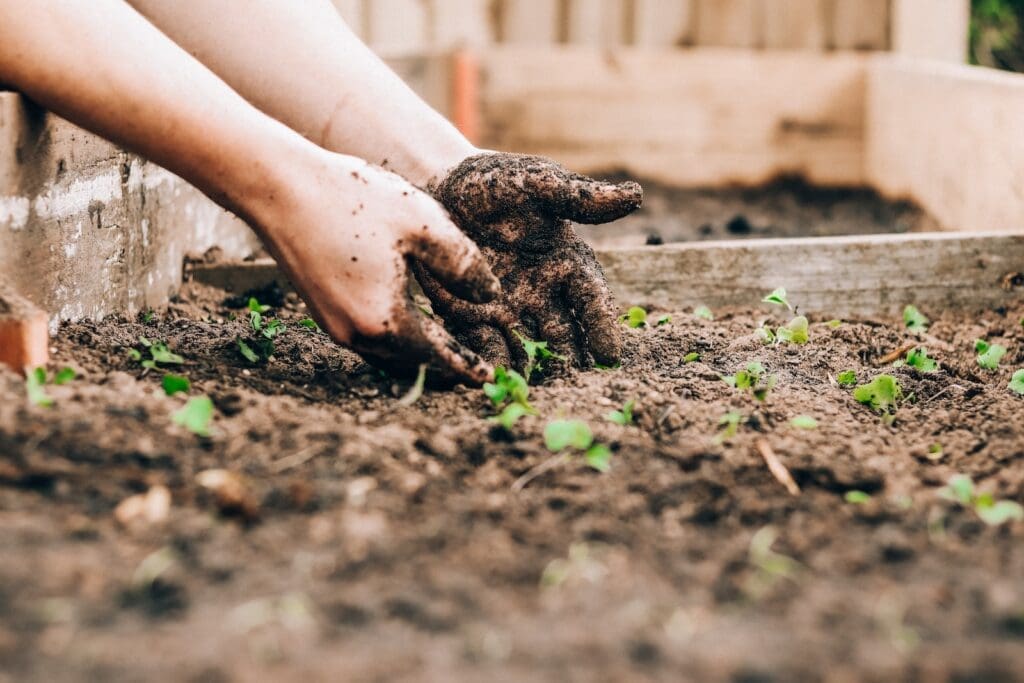
These steps will help ensure a healthy start for your vegetable garden. By investing time in soil preparation, you’ll create an environment that’s full of nutrients and ready for your vegetables. Your effort in preparing the soil will pay off in the long run, so take your time and enjoy the process. With the right preparation, you’ll be harvesting delicious vegetables in no time!
Plant Selection
When choosing plants for your homestead vegetable garden, it’s important to consider the type of soil you have, as well as the spacing between the plants. Doing your research and selecting plants that are well-suited to your local climate and soil conditions will help ensure successful growth.
Soil Types
Depending on the soil type of your homestead, you need to choose vegetables that will thrive in the conditions. Different soil types like sandy, loamy, or clay can affect which vegetables will grow best. Knowing the soil pH, fertility levels, and nutrient content is important for selecting the right vegetables. Root crops like potatoes and carrots prefer well-drained soil, while leafy greens need soil with higher moisture retention. The soil composition and texture also impacts the depth that different vegetables should be planted. Taking all of this into consideration will help you choose vegetables that will flourish in your homestead garden. Now that you’ve considered the soil type for planting, the next step is to think about plant spacing.
Plant Spacing
So, when selecting your plants, it’s important to take into account the mature size of each variety to determine the necessary spacing in your homestead garden. Here are the key points to consider:
- Research specific spacing requirements for each type of plant.
- Consider mature size of plants when selecting varieties.
- Plan garden layout accordingly to meet plants’ needs.
- Proper spacing can help prevent diseases and pests.
- Utilize companion planting to maximize space.
Planting Techniques
Before planting your vegetable garden, it’s important to consider the soil preparation and type of plants that are best suited to your homestead. A well-planned garden can be the key to a successful and fruitful harvest.
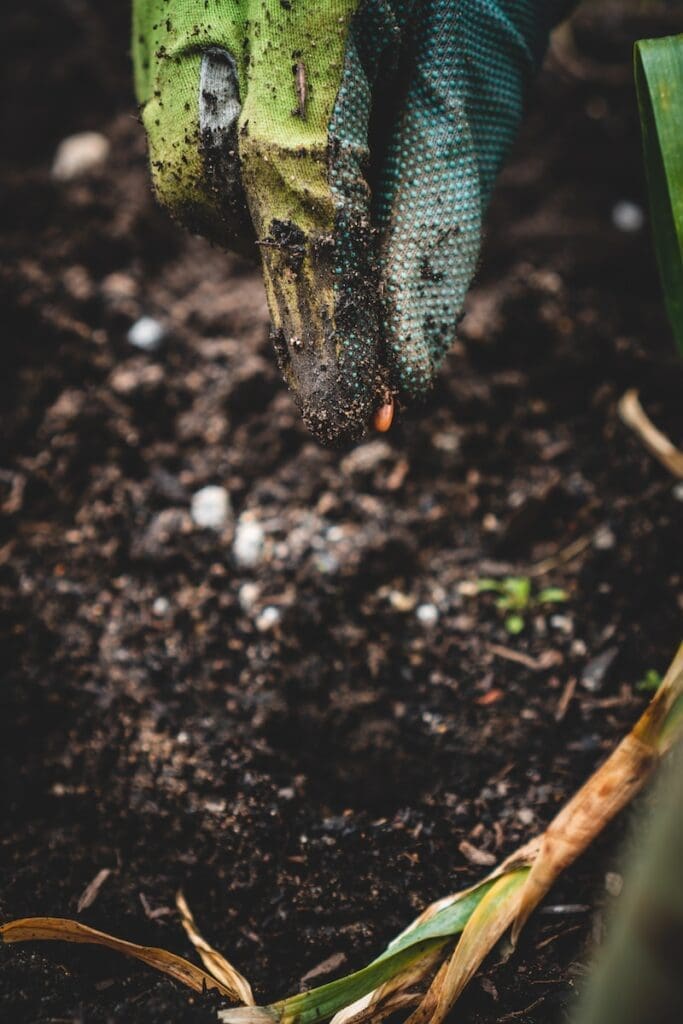
Soil Preparation
To make sure your vegetable garden gets off to the best start, it’s important to properly prepare the soil. Compost is a balanced fertilizer that can enrich the soil and promote healthy plant growth. An A-frame structure can also be used to maximize space and yield. Starting your own seeds can save money and give you control over the plant’s development. Reusing last year’s seeds is a great way to optimize resources and reduce waste in the garden. Finally, consider the benefits of gardening with chickens for natural pest control and fertilization to enhance the soil and overall garden health.
Plant Types
Once you have prepared the soil, it’s time to choose the plants that will thrive in your particular climate and soil conditions. Research which types of plants are best for your area, and select varieties that are well-suited to your climate and soil type. Consider using vertical gardening methods to maximize your space, and start some seeds indoors or use last year’s saved seeds for a cost-efficient and sustainable garden.
| PLANT TYPES | CLIMATE | SOIL |
| Tomatoes | Warm and dry | Well-draining, fertile |
| Lettuce | Cool and moist | Rich, light, and moist |
| Peas | Cool and moist | Rich, well-drained soil |
| Cucumbers | Warm and moist | Nourishing, loamy soil |
| Carrots | Cool and dry | Light, sandy soil |
With these strategies, you can ensure a bountiful homestead garden that will save you money and provide you with fresh produce for years to come.
Watering
When watering your homestead vegetable garden, be sure to deliver water directly to the base of plants. This can be done with a soaker hose or drip irrigation system. It is also a good idea to consider collecting rainwater in barrels to use for watering your garden, which can help conserve water and reduce your water bill. Additionally, water your garden in the morning to minimize evaporation and make sure the plants are hydrated for the day.
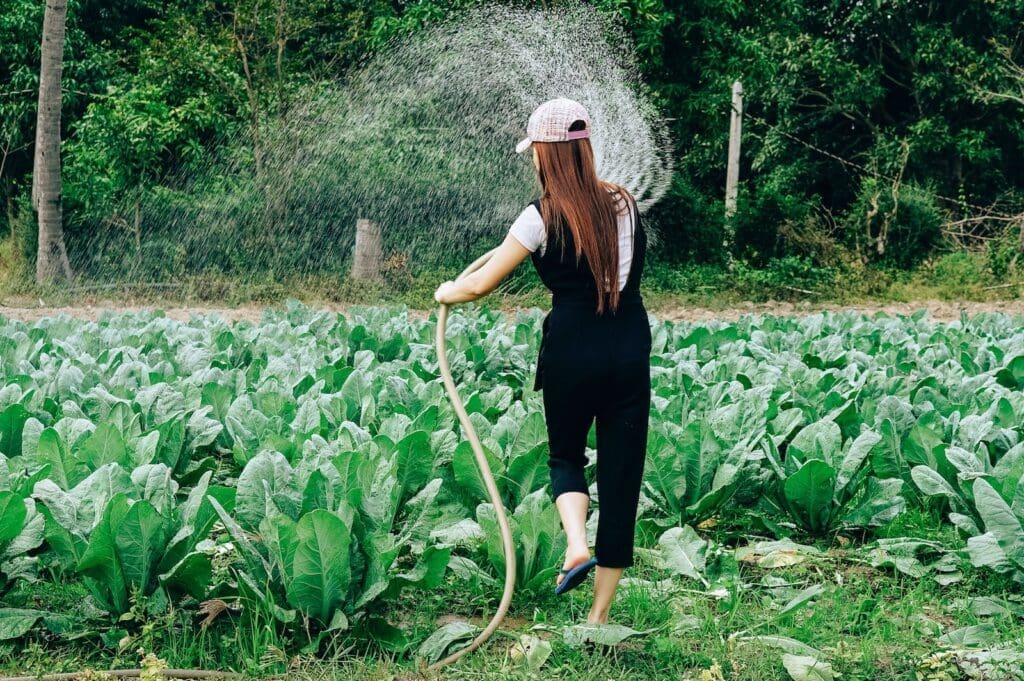
To ensure consistent and adequate watering, consider installing a timer on your sprinkler system. Finally, group plants with similar watering needs together to make it easier to water efficiently. This will help you save time and energy, and make sure your garden is getting proper hydration.
Maintenance
Once you have your homestead vegetable garden set up and established, it’s important to maintain it properly for maximum yield. Compost is an excellent way to fertilize the soil and support healthy plant growth. Maximize space with a Sandwich Board A-Frame for gardening vertically, and save money by starting your own seeds and reusing last year’s. Introducing chickens into the garden can provide natural pest control and fertilization.
| NEED | SOLUTION |
| Soil needs fertilizer | Start a compost |
| Maximize space | Garden vertically |
| Save money | Start own seeds |
| Natural pest control | Introduce chickens |
Experiment with growing mushrooms and learn seed saving to further advance your homestead garden. With a few simple maintenance tips, you can keep your garden thriving and produce a bountiful harvest.
Frequently Asked Questions
What Vegetables Grow on a Homestead?
You can grow tomatoes, peppers, squash, carrots, and leafy greens on your homestead. Include herbs like basil, thyme, rosemary, and beans for added variety. Adding mushrooms is a unique twist too! Reusing last year’s seeds is a cost-effective way to keep growing.
How Do You Start a Vegetable Garden for Beginners?
Starting a vegetable garden as a beginner? First, choose the vegetables you want to grow. Then purchase transplants or start seeds. Utilize a Sandwich Board A-Frame for vertical gardening. Use compost as a balanced fertilizer. Consider saving money by using last year’s seeds.
What Are 5 Things You Should Do to Prepare a Good Veggie Garden?
To prepare a good veggie garden, consider what to grow, start your own seeds, maximize space with vertical gardening, use compost as fertilizer, and explore the benefits of gardening with chickens.
What Vegetables Should a First Time Gardener?
As a first-time gardener, consider starting with easy-to-grow vegetables such as tomatoes, lettuce, zucchini, carrots, radishes, spinach, kale, peppers, and herbs like basil and parsley. It’s a great way to build confidence and experience.
Conclusion
With the right planning and preparation, you can have a thriving homestead vegetable garden. Choose a suitable location with good sunlight and well-drained soil, start small, and use organic and sustainable practices. Plant companion vegetables to maximize yields and deter pests, and stay consistent with watering, weeding, and maintenance. With these tips, you can enjoy the fruits of your labor and reap the rewards of a successful home vegetable garden.
In our kitchen, we only use cultures from Cultures for Health.
Get yours here and start culturing today.
Popular Articles
Newsletter
Get signed up to get latest updates and new information from the Jersey Milk Cow!
This site uses Akismet to reduce spam. Learn how your comment data is processed.



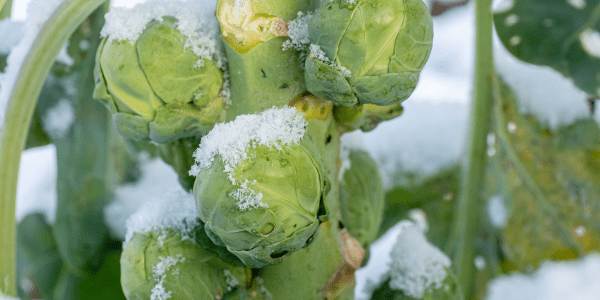
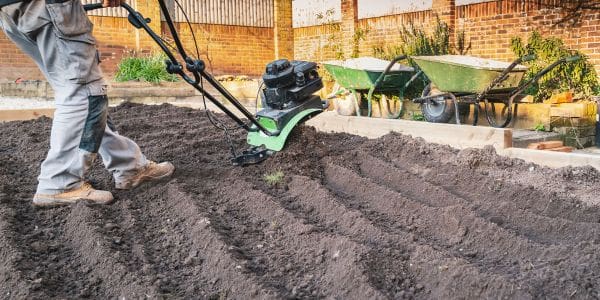
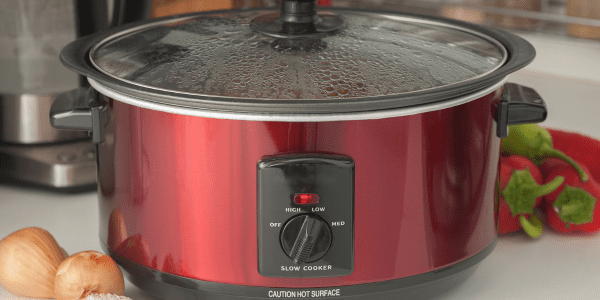






Leave a Reply